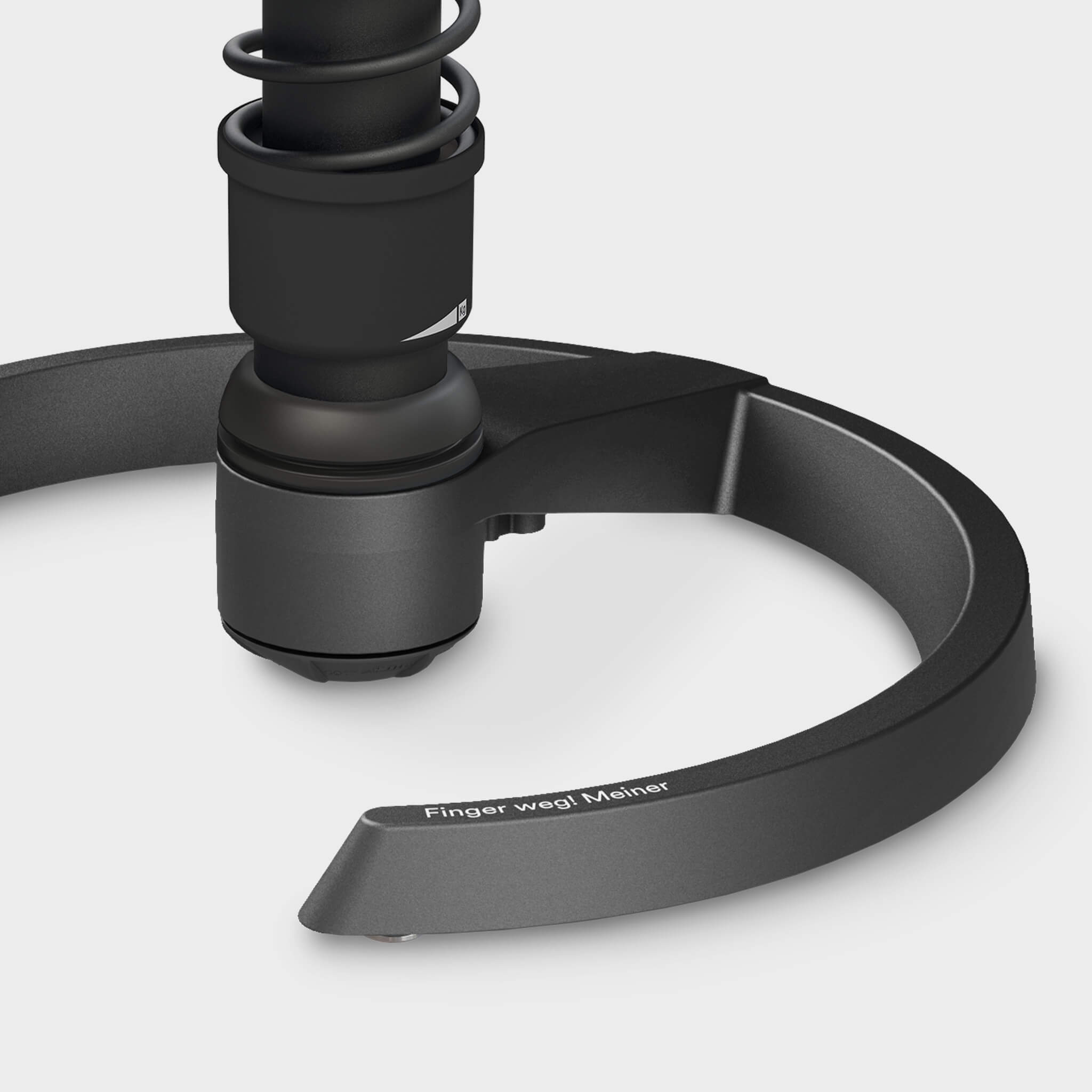What is Nucleus?
The term nucleus is Latin and means core in English, but is also written as Nukleus in German. Basically, it means the core of an object (or group). In this article, nucleus is examined in relation to human anatomy.
The central nervous system
Our central nervous system (CNS) is nothing more than a collection of nerve cell bodies (somata or perikarya). Scientifically, this is called the nucleus, nucleus or core area. Even if it is not recognizable to laypeople, the nuclei in the individual brain areas are clearly distinguishable from one another. A distinction is made between the nuclei (that is the plural of nucleus) in the endbrain, diencephalon, midbrain and hindbrain, as the cell nuclei behave and group differently in each of these.
What are nucleus pulposus and nucleus pulposus prolapse?
What is called prolapsus nuclei pulposi in Latin is known to most people as a slipped disc. To understand the origin of the term, you need to know that an intervertebral disc consists of a gelatinous core (nucleus pulposus) and a fibrous ring (annulus fibrosus). The intervertebral disc - core with ring - looks like a small disc and is very elastic when healthy. Between the vertebrae, it functions as a shock absorber.
If the disc wears out and loses elasticity, the annulus fibrosus becomes porous and brittle. If the load is too high, the soft gelatinous core is pushed through the annulus fibrosus. This is then referred to as a "prolapse" or slipped disc, because the disc literally falls forward.
What is the difference between prolapse and bulge?
A disc protrusion or bulging is a sign of wear and tear. In this case, however, there is no tear in the outer annulus fibrosus; the annulus fibrosus is simply pushed forward by the soft core of the disc. Both a herniated disc and a disc protrusion are characterized by severe pain that often radiates into the extremities.
Prevention of nucleus pulposus prolapse and nucleus pulposus protrusion
Herniated discs are often the result of poorly developed back and abdominal muscles due to a lack of exercise. The fact is that well over 60 percent of employees barely move an hour a day due to time constraints. Active seats from Aeris such as the Swopper or the 3Dee certainly offer a sensible solution in this case. Their patented 3D technology promotes and encourages natural movement in all directions - forwards, backwards, sideways, vertically. On the one hand, this relieves the strain on the intervertebral discs, and on the other hand, supports the development of abdominal and back muscles and can thus counteract back pain.
